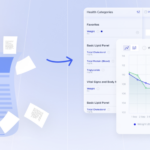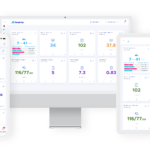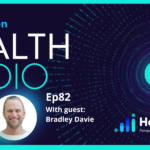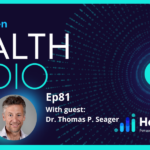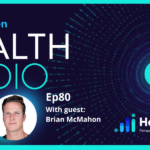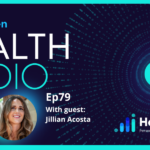by Dr John Limansky | Jul 3, 2023 | Basic Lipid Panel, Lipid Panel, Primary Health Markers
Triglycerides are one of the components of the basic lipid panel. The basic lipid panel is a routine screening test that measures the amount of lipids (or fats) that are present in the blood. The two most important lipids are cholesterol and triglycerides. Our bodies use these as cellular building blocks as well as a source of energy. Abnormal levels may lead to a build-up of cholesterol “plaques” within blood vessel walls, which cause the vessels to harden in a process called atherosclerosis. Atherosclerosis, when present, significantly increases your risk of developing cardiovascular disease (CVD). The basic lipid panel provides valuable information and when combined with other blood tests and risk factor assessment (age, smoking status, family history, etc.) it guides healthcare providers in their treatment recommendations.
The basic lipid panel includes total cholesterol, which is an estimate of the body’s entire cholesterol content, low-density lipoproteins (LDL, or the “bad” cholesterol), high-density lipoproteins (HDL or “Good” Cholesterol), as well as triglycerides. Other subtypes of lipids are often reported as well.
by Dr John Limansky | Jul 3, 2023 | Blood Sugar and Insulin, Complete Blood Count (CBC), Diabetes Markers, Diabetes Screening and Management, Metabolic Panel, Pancreatic Function, Primary Health Markers, Weight Loss Markers
Hemoglobin A1c, or glycated hemoglobin, is a blood test that represents an estimate of blood glucose levels over the previous 2-3 months. Hemoglobin is responsible for binding oxygen for transport throughout the body. Hemoglobin can also bind glucose, which is more pronounced when glucose levels are elevated. The hemoglobin becomes glycated and remains in circulation for the remainder of its 120-day lifecycle.
The A1c represents the percentage of hemoglobin that is glycated. This test can be used to screen for diabetes as well as to monitor treatment response.
by Dr John Limansky | Jul 3, 2023 | Basic Lipid Panel, Lipid Panel, Primary Health Markers, Weight Loss Markers
HDL is one component of the basic lipid panel. The basic lipid panel is a routine screening test that measures the amount of lipids (or fats) that are present in the blood. The two most important lipids are cholesterol and triglycerides. Our bodies use these as cellular building blocks as well as a source of energy. Abnormal levels may lead to a build-up of cholesterol “plaques” within blood vessel walls, which cause the vessels to harden in a process called atherosclerosis. Atherosclerosis, when present, significantly increases your risk of developing cardiovascular disease (CVD). The basic lipid panel provides valuable information and when combined with other blood tests and risk factor assessment (age, smoking status, family history, etc.) it guides healthcare providers in their treatment recommendations.
The basic lipid panel includes total cholesterol, which is an estimate of the body’s entire cholesterol content, low-density lipoproteins (LDL, or the “bad” cholesterol), high-density lipoproteins (HDL or “Good” Cholesterol), as well as triglycerides. Other subtypes of lipids are often reported as well.

